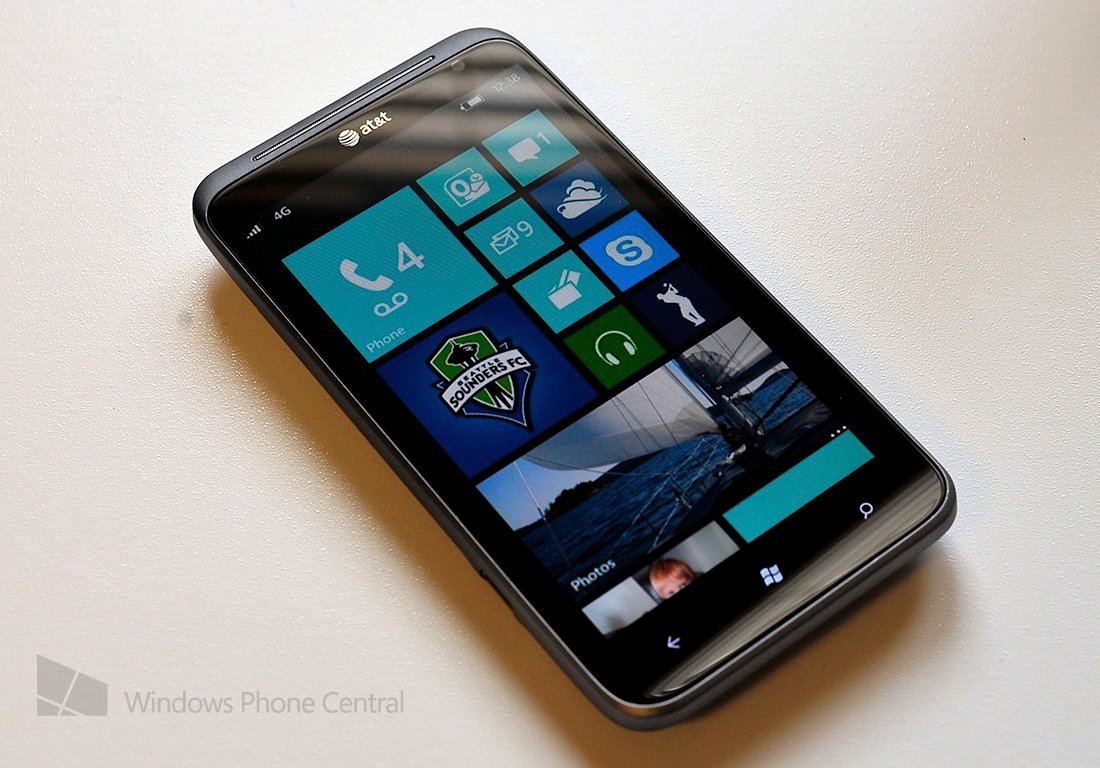Windows Phone 7.8

Windows Phone 7.8 mockup on the HTC TITAN II
Windows Phone 7.8 is an upcoming (and perhaps final) OS upgrade to the Windows Phone 7.x platform. Windows Phone 7.x is based off of the CE kernel while Windows Phone 8 allowed Microsoft to transition over to the much more robust NT kernel. Because of this, current Windows Phone 7.x users (Nokia Lumia 710, 800 900, HTC Titan II, Radar, etc.) cannot upgrade to Windows Phone 8.
Announced back in June 2012 at the Windows Phone Summit, the 7.8 upgrade was said to come after the release of Windows Phone 8 later that fall. Indeed, Microsoft has now confirmed that it is due to hit carriers and devices sometime in “early 2013”.
Features have not been officially confirmed in the update except for the inclusion of the new Start screen experience i.e. three Tile sizes: small, normal and the doublewide. In addition, re-branding of Zune to Xbox Music and the new Xbox Games icons have been changed, plus the Bing lockscreen wallpaper feature. Other smaller changes are expected in the final release build, pegged at 7.10.8858.
Currently it is unknown which phones will get the update nor which carriers will support it, but Nokia and HTC are expected to fully embrace the rollout.
- Windows Phone 7.8 Tour
- Windows Phone 7.8 Updater Tool (unofficial)
- Manually installing Windows Phone 7.8
- Forcing the Windows Phone 7.8 update
Get the Windows Central Newsletter
All the latest news, reviews, and guides for Windows and Xbox diehards.

Daniel Rubino is the Editor-in-chief of Windows Central. He is also the head reviewer, podcast co-host, and analyst. He has been covering Microsoft since 2007 when this site was called WMExperts (and later Windows Phone Central). His interests include Windows, laptops, next-gen computing, and wearable tech. He has reviewed laptops for over 10 years and is particularly fond of 2-in-1 convertibles, Arm64 processors, new form factors, and thin-and-light PCs. Before all this tech stuff, he worked on a Ph.D. in linguistics, performed polysomnographs in NYC, and was a motion-picture operator for 17 years.